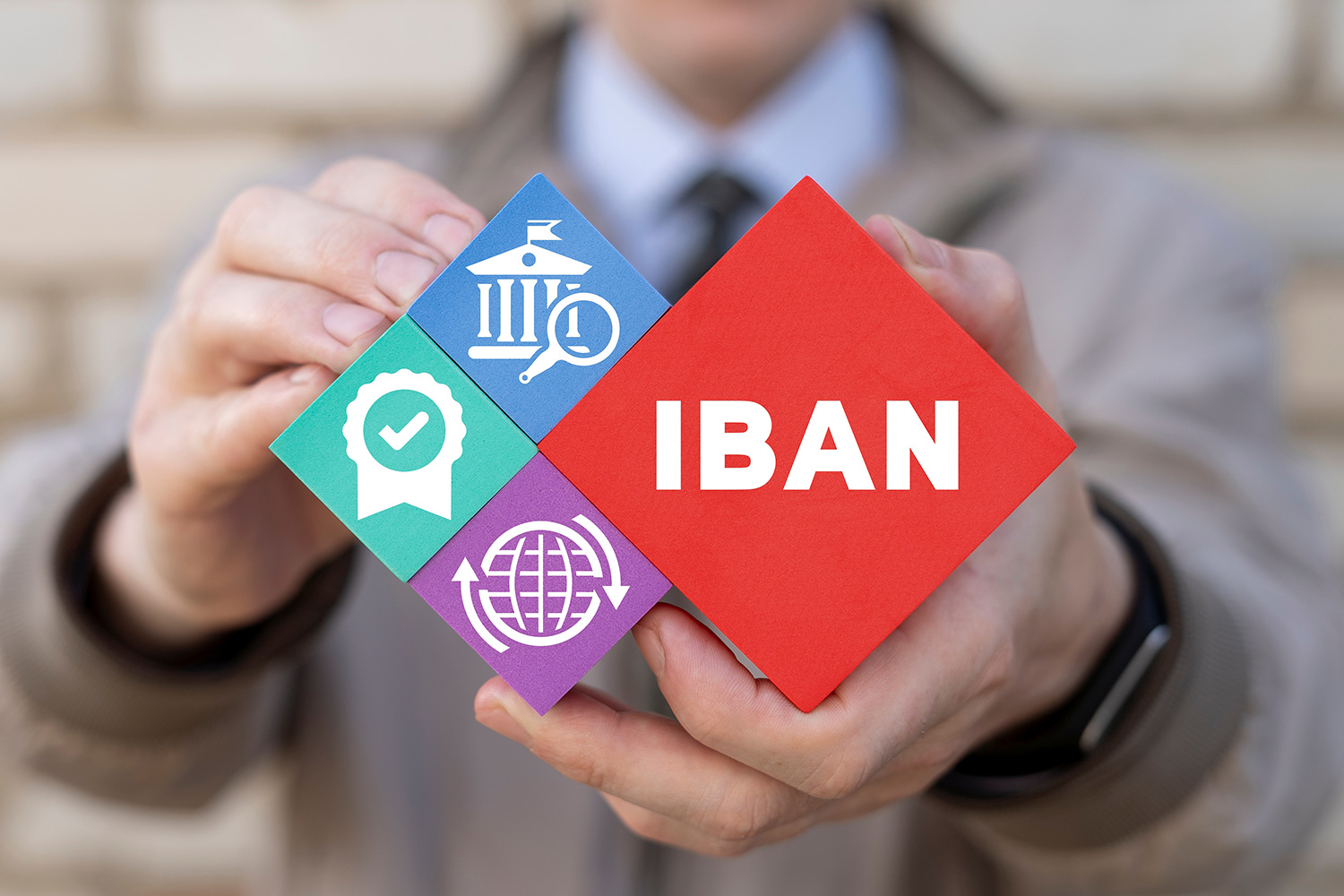

Disclaimer: The following article is intended for educational purposes. LuLu Exchange does not currently offer Web3 or blockchain-based products or advice.
The rapid evolution of Web3 and the rise of digital assets have introduced unprecedented complexities in the realm of taxation. While not a direct financial service, Web3 taxation tools are indispensable for users navigating the intricate world of crypto taxes. These tools simplify the process of reporting and ensure compliance with ever-changing regulations, enabling individuals and businesses to manage their digital assets responsibly while adhering to legal requirements.
How Web3 Taxation Tools Work
Web3 taxation tools leverage blockchain technology to streamline the complex task of crypto tax reporting. By aggregating transaction data from various blockchains, exchanges, and decentralized finance (DeFi) protocols, these tools create a comprehensive overview of a user’s activity. Transactions are categorized into trades, income, or capital gains, with the platform applying relevant tax rules based on the user’s jurisdiction.
Once the data is processed, the tools calculate tax liabilities and generate detailed reports for filing. Advanced platforms even explore the automation of tax payments through smart contracts, marking a new frontier in financial technology. This integration with filing software ensures a seamless experience, eliminating the stress and potential errors associated with manual calculations.
Platforms Leading the Charge
Several innovative platforms have emerged to address the challenges of crypto tax reporting. CoinTracker provides a robust solution by tracking crypto portfolios across wallets and exchanges, delivering precise tax calculations and reports. TaxBit caters to both individual users and institutions, offering enterprise-level crypto tax and accounting services. Rotki takes a unique approach, prioritizing user privacy and data ownership with its open-source portfolio tracking and tax reporting tool.
These platforms exemplify the potential of Web3 taxation tools to simplify compliance and enhance the user experience, bridging the gap between blockchain technology and traditional financial systems.
Key Features of Web3 Taxation Tools
Web3 taxation tools bring a suite of powerful features designed to ease the burden of crypto tax reporting. Transaction aggregation across multiple blockchains and exchanges provides users with a clear and unified view of their financial activities. Automated tax calculations eliminate the need for manual processing, applying jurisdiction-specific rules to ensure accuracy.
Integration with DeFi protocols is a critical feature, enabling users to calculate tax obligations for yield farming, staking, and other advanced transactions. Historical price data ensures accurate cost basis determination, while seamless tax report generation simplifies the filing process. Together, these features create an ecosystem that empowers users to meet their tax obligations efficiently.
The Benefits of Web3 Taxation Tools
The advantages of Web3 taxation tools are evident in their ability to simplify the complexities of crypto tax reporting. By automating calculations and aggregating data, these tools save users considerable time and reduce the risk of errors. Transparent reporting provides users with a clear view of their tax liabilities, fostering better financial planning and compliance.
In addition to compliance, Web3 taxation tools offer valuable insights into trading performance, helping users identify opportunities for tax optimization. This proactive approach not only ensures adherence to legal requirements but also supports smarter financial decision-making, enhancing the overall experience of managing digital assets.
Challenges in Web3 Taxation
Despite their transformative potential, Web3 taxation tools face significant challenges. Evolving tax regulations across different jurisdictions create a dynamic and often confusing landscape for both users and platforms. Categorizing and valuing complex DeFi transactions, such as liquidity provision and yield farming, remains a technical hurdle that requires continuous innovation.
Privacy and security concerns are paramount, as these tools handle sensitive financial data. Ensuring accuracy is another pressing issue, as incomplete or erroneous transaction histories can hinder reliable reporting. Lastly, educating users about their tax obligations in the crypto space is crucial to achieving widespread compliance and adoption.
The Future of Web3 Taxation Tools
The future of Web3 taxation tools is bright, with advancements on the horizon poised to address current limitations. Enhanced integration with DeFi protocols will enable more precise reporting for complex transactions, ensuring that users are equipped to handle the nuances of decentralized finance.
Real-time tax liability tracking is set to become a game-changer, providing users with up-to-date insights into their obligations and enabling proactive tax planning. The automation of tax payments through smart contracts is another promising development, streamlining compliance and reducing administrative burdens.
As these tools continue to evolve, they will play a pivotal role in making cryptocurrency adoption more accessible and less daunting for individuals and institutions alike. By simplifying compliance, enhancing transparency, and fostering user education, Web3 taxation tools are set to become a cornerstone of the digital financial ecosystem.
Taxation in Web3 is more than a necessary obligation; it’s an opportunity to embrace innovative solutions that align with the future of finance. By leveraging these tools, users can navigate the complexities of crypto taxation with confidence, ensuring compliance and unlocking the full potential of their digital assets.
Popular BLOG

November 12, 2025
Why Does the US Dollar Hold the Key to Global Exchange Rates?

October 31, 2025
Best Time to Send Money From UAE to India

October 10, 2025
How to Identify Fake Money Transfer Scams

September 25, 2025
The Ripple Effect: When Everyday Choices Echo Far & Wide

October 6, 2025
WPS in UAE: Everything Employers and Employees Should Know

September 19, 2025
How AI Will Impact Money Transfer in the Future

September 10, 2025
What is IBAN Number? How to Find & Use IBAN

September 2, 2025
What Is a SWIFT Code and Why Do You Need It?

August 25, 2025
World Currency Symbols, Explore All Country Currency Symbols

August 7, 2025

